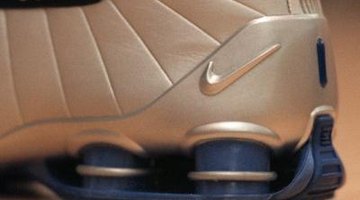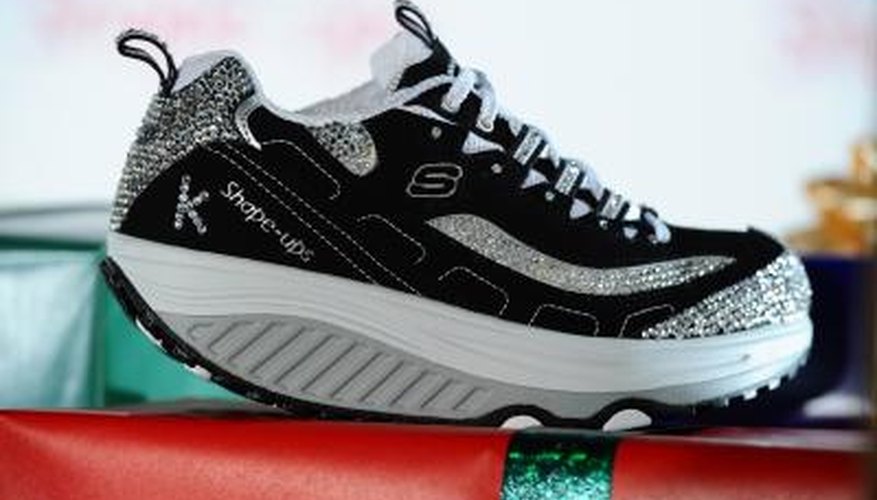With prolonged exercise, support is imperative in an exercise shoe. Ankle, knee and back support are critical, since the stresses put on the joints by exercise are well known. The longer the distance covered and the more frequent the walking activity, the more crucial fit and comfort become. Many feel that MBT, which stands for Masai Barefoot Technology, makes the best walking shoes for able-bodied people to walk for hours with no ill effects.
Common Pitfalls
The standard bearer for shoe quality is MBT. Comparing these with Skechers, the low-price leader, one pair of MBT rocker bottom shoes will outlast three pairs of Skechers. MBT developed the rocker bottom fitness shoe, and more medical research studies have been done on MBT shoes to determine the health benefits of this technology. MBT's rocker bottom shoes are available in the largest variety of styles. "You get what you pay for" is eminently true for walking, cross-training shoes and running shoes.
- The standard bearer for shoe quality is MBT.
- Comparing these with Skechers, the low-price leader, one pair of MBT rocker bottom shoes will outlast three pairs of Skechers.
Cost
Costs range from approximately £52 to £162 for rocker bottom shoes. Conventional cross-training shoes retail for slightly less. A previous year's model is always the opportunity for a good percentage discount. The other main consideration is wear and tear. If you walk a lot, more than 20 miles per week, shoes can need replacement within four months, unless you buy the higher priced MBT shoes. They will last for a year or more.
- Costs range from approximately £52 to £162 for rocker bottom shoes.
Accessories

Dr. Scholl's cushioned insoles are a valuable accessory for long-range walkers, because they economically maintain the springiness of the sole of a shoe. Double thick socks in the toe and ankle region are good for absorbing sweat and protecting the repeated action of sustained walking. Any exercise activity, regardless of shoe brand, can benefit from these economical shoe accessories.
Insider Tips
Walking shoes are designed for the specific body mechanics and strike path of walking. Their construction is more flexible through the ball of the foot than conventional running shoes to allow a greater range of motion through the roll of the forefoot. Walking shoes also have greater arch support to provide protection where the foot receives the most force. Running shoes have less protection through the ball of the foot. Heat generated in the running motion is greater, so running shoes also are made with lightweight, breathable materials on the shoe upper. MBT uses a metal rod within the sole of the shoe to create a firmer support platform for the foot.
- Walking shoes are designed for the specific body mechanics and strike path of walking.
- Running shoes have less protection through the ball of the foot.
